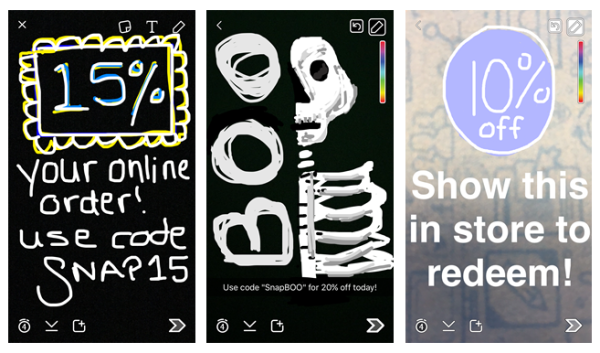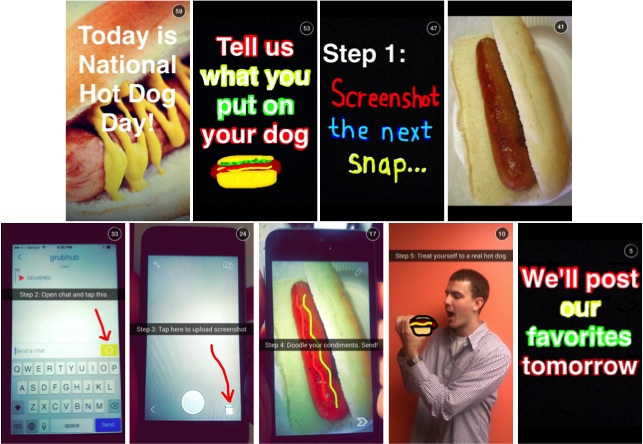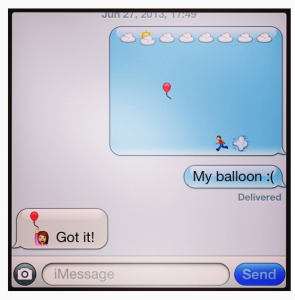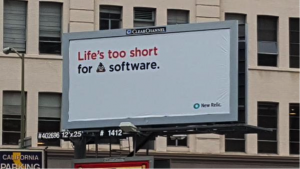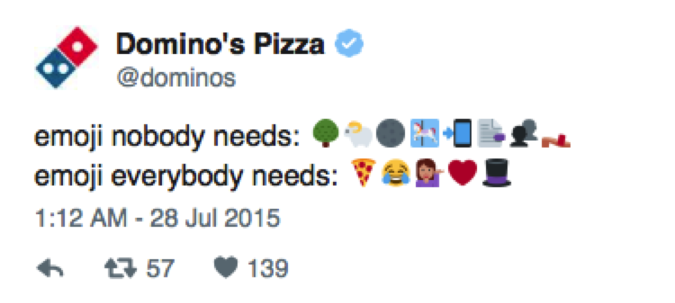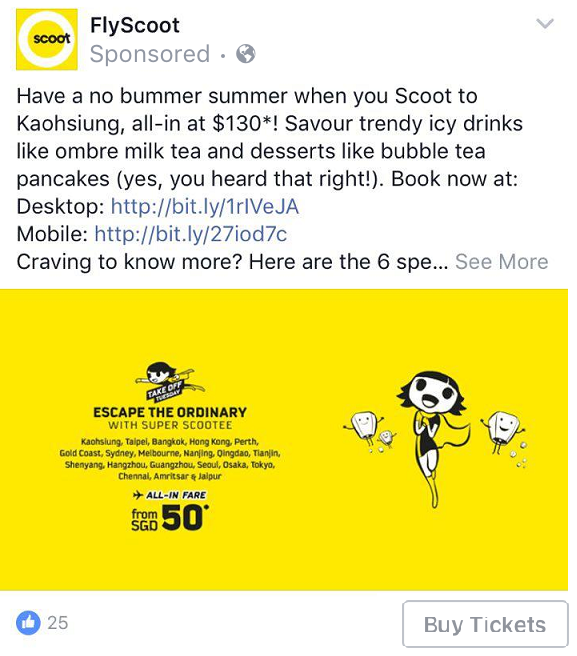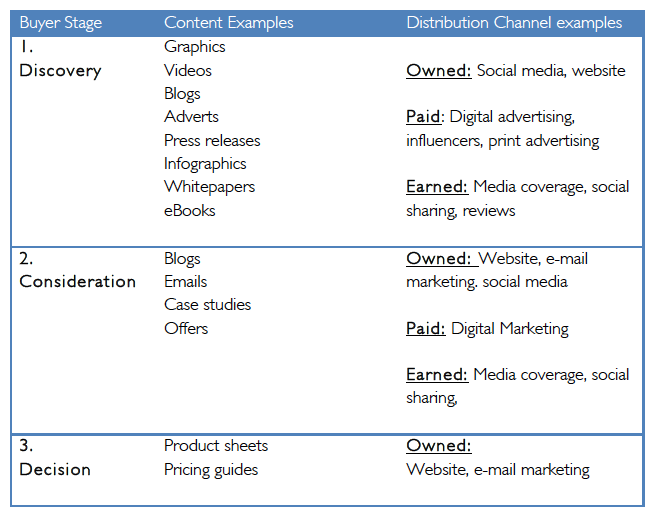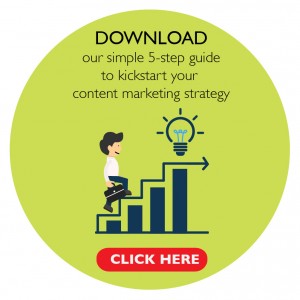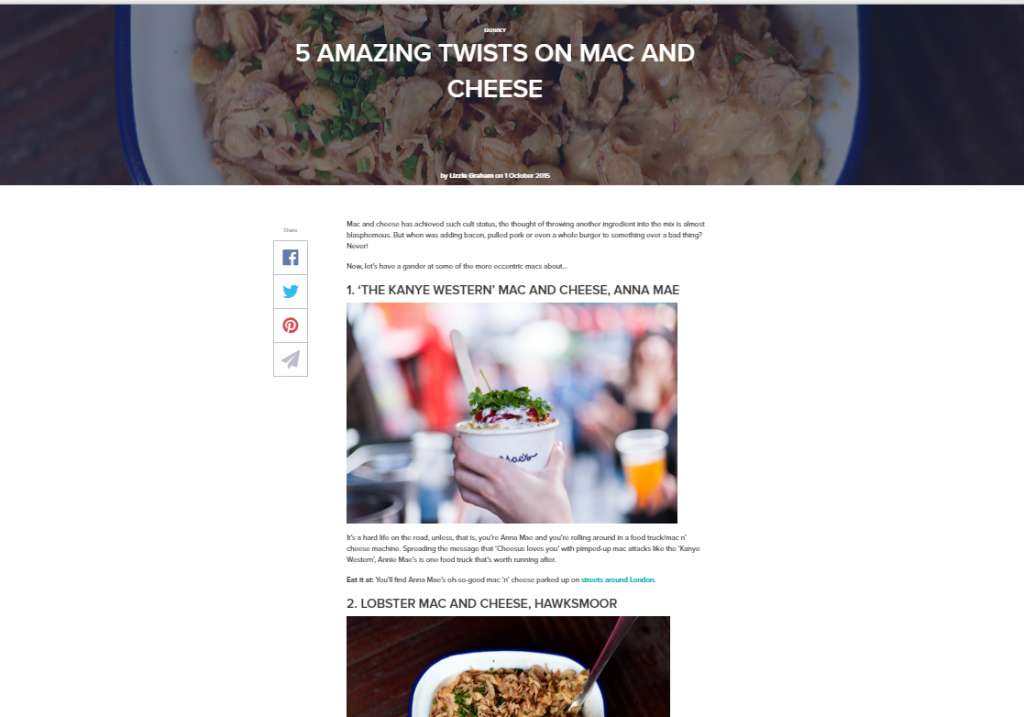Have you have spent the year executing great campaigns, or working on the most magical product available in the market? Your work speaks for itself, your customers love you, and the only thing missing is that industry award that recognises your efforts.
Just like Leonardo DiCaprio’s long-awaited Oscar, an accolade is what you have been patiently waiting for.
Industry awards can give your brand credibility and take your business to new heights, but the competition is fierce.
So what’s the secret?
We’re afraid there’s no secret sauce to guarantee a win, but there are a few things you can do to better present yourself, your content and supporting data or results.
1- Remember the submission deadline
Never forget this, and don’t ever assume you are an exception. Find out when the applications are due and set a date at least two weeks back in your calendar to begin prep. Chances are the organisers may extend the deadline, but never plan for that. Better to be safe than sorry! You might also want to take note of the applicant shortlist dates and the date for the awards night and add them to your calendar.
2 – Look at the weightings
Assess each question and look at how the scoring will be done. Is each section weighted equally? Or do certain sections carry more value? Where more value is given, remember to spend more time providing the right information – otherwise you will lose out on valuable points.
3 – Get factual
Read the application criteria and work out what data you need to supply. Is it financial? Is it relating to business or campaign performance? Whatever it may be, get your facts together and have the supporting data ready and available to add into your application. You can opt to keep sensitive information confidential but it always helps to present this to the judges, so never skimp on the details.
4 – Prepare
You can write all the words in the world, but if you don’t have detailed information available about your campaign, product, or event, then you will not convince the judges. Never assume the judges know your company – no matter the size or credibility of your business. Explain your offering in the application in a clear and concise manner, and avoid babbling.
5 – It’s all about results
This is one of the more important parts. Here is where you get to demonstrate that what you’ve done actually works. In most cases, this section holds the highest weighting, so make it count. Explain what you set out to do and what was achieved. Again, never assume the judges know anything about you, so go into as much detail as possible and use examples, figures, links and visuals to support your content.
6 – Stick to the word count
This is pretty self-explanatory. As a general rule, aim for better content and fewer words, and don’t go over the word count as you may be penalised. The judges will have a lot of applications to read so you need to get to the point quickly. Chances are they won’t read every single word, so including facts and figures in graphs, charts or interesting graphics can really help.
7 – Proofread
Don’t rush these things. Take your time, think carefully about each section and triple check your work. Does it make sense? Have you addressed all components of the application? Do you have solid figures or examples to support your words? Ask a colleague to check your work – they should be able feedback on any flow or grammatical errors.
8 – Follow submission instructions
Pay close attention to the instructions – all of them. Is it to be submitted online, or do need to email your application directly? Understand what company information you are required to include, and source all the images you need. Sort out payment (if required) and – voila! – you’re done.
Need help creating a crafty entry? Drop a message to [email protected]



